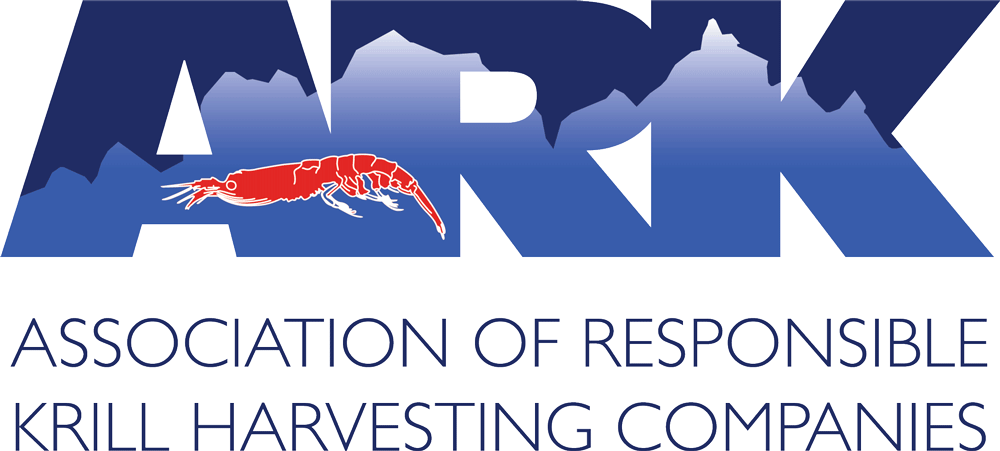Why fish for krill?
Krill are tiny crustaceans that serve as an important food source for many animals, including whales, seals penguins and some species of fish. They are rich in nutrients such as omega-3 fatty acids and astaxanthin which provide numerous health benefits for humans.
Krill are harvested for use in various industries including dietary supplements and aquaculture feed.
The world’s population is currently 7.9 billion people and growing. Demand for animal protein is set to double by 2025, yet access to arable land is decreasing and fishing of wild stocks is increasingly regulated. This means it is important to seek solutions to providing nutritious sources of protein that are sustainably produced. In June 2021, the American Fisheries Society and National Oceanic and Atmospheric Administration (NOAA) presented a congressional briefing outlining that approximately 60 percent more food will be needed by the year 2050 to keep feeding a growing population. This included the need for 60 percent more animal protein by 2030.
Aquaculture is a low-footprint (carbon, feed-ratio and water and land use), fast regenerating and high-quality protein resource. If grown in a way that protects the environment, it can be renewed indefinitely.
Aquaculture has the lowest carbon footprint of all proteins with an average of 2.9 kg of carbon dioxide per kilogram of edible product. This is less than a tenth produced by beef and comparable to free-range chicken. This figure also factors in travel distance to markets.
The addition of just 2% of krill has been shown to significantly improve the performance of aquaculture feed, meaning that the majority of feed can be plant based. This in turn reduces pressure on stocks of wild caught fish to provide fish meal and fish oil.
Krill has also become a popular health supplement due to its high omega-3 long chain polyunsaturated fatty acids (EPA and DHA). These are essential nutrients for all vertebrates, providing well established benefits including cardiovascular, inflammatory disease and are important for neural development. It is recommended that humans get at least 500mg EPA and DHA per day but 80% of people worldwide are not getting enough EPA and DHA omega-3 in their diets.
Krill is a sustainable way of providing essential human nutrition. Despite the largest biomass on earth, only a fraction of the available quota is harvested. The fishery is informed by science and is one of the most highly regulated and well managed fisheries in the world.
